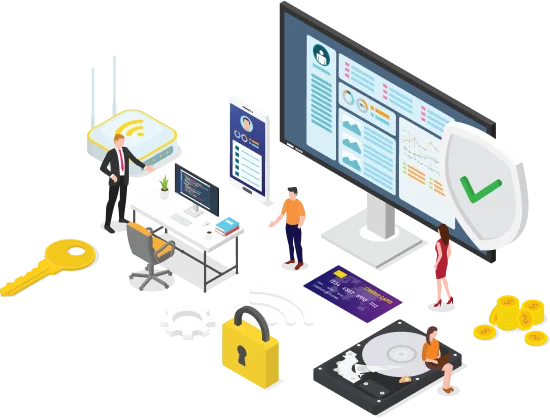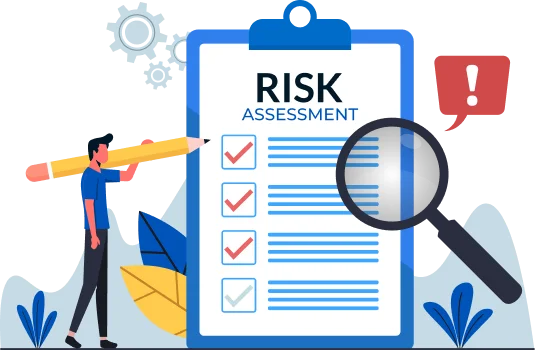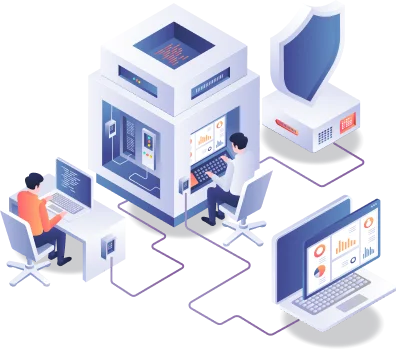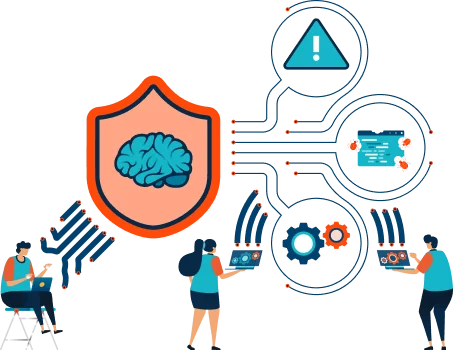- Need Help? Request A Callback
- Working Hours: 8:00 AM – 7:45 PM
Cybersecurity Architecture Review
Home » Cybersecurity Architecture Review
Comprehensive Assessment
Cybersecurity Architecture Review (CAR) services are crucial for organizations in today’s digital landscape, where cyber threats are constantly evolving. These services involve the assessment, analysis, and improvement of an organization’s cybersecurity infrastructure to ensure it is robust, resilient, and capable of mitigating various cyber threats. Here are the key features and aspects of a typical Cybersecurity Architecture Review service:
Network Security
Evaluate the organization’s network security measures, including firewalls, intrusion detection/prevention systems, and access controls.
Application Security
Assess the security of web and mobile applications, including code reviews and vulnerability assessments.
Data Security
Review how data is stored, transmitted, and processed, ensuring encryption and data masking techniques are applied where necessary.
Endpoint Security
Evaluate security measures on devices like computers, smartphones, and IoT devices.
Cloud Security
Evaluate the security measures and posture of cloud assets.
Identity Security
Evaluate the Identity posture based on Least privilege Zero trust policy.


Threat Modeling
Identify Threats
Identify potential threats and vulnerabilities specific to the organization’s industry and technology stack.
Risk Assessment
Evaluate the risks associated with identified threats, considering the impact and likelihood of exploitation.

Compliance and Regulation
Compliance Check
Ensure that the organization complies with relevant industry standards (such as PCI DSS, HIPAA) and legal regulations (like GDPR).
Policy Review
Review existing security policies and procedures to align them with industry best practices and legal requirements.


Incident Response Evaluation
Response Plans
Assess the organization’s incident response plans and evaluate their effectiveness in handling various cyber incidents.
Simulation Exercises
Conduct simulated cyber-attack scenarios to test the response capabilities of the organization.

Security Architecture Design
Recommendations
Provide detailed recommendations for improving the security architecture, including technology upgrades, configuration changes, and process enhancements.
Scalability
Ensure the security architecture is scalable to accommodate future growth and technology advancements.


User Awareness and Training
Training Programs
Assess the effectiveness of security awareness training programs for employees and suggest improvements
Phishing Simulations
Conduct phishing simulations to evaluate the susceptibility of employees and design targeted training programs.

Continuous Monitoring
Security Tools
Recommend and implement security monitoring tools that provide real-time threat intelligence and alerts.
Log Analysis
Analyze security logs and events to identify patterns and potential security incidents.


Output Delivered
Detailed Reports
Comprehensive reports outlining the current state of cybersecurity, identified vulnerabilities, and recommended remediation steps.
Executive Summary
Findings and recommendations summarized in a non-technical language for executive stakeholders.

Collaboration and Knowledge
Transfer
Collaboration
Work closely with the organization’s IT and security teams to implement recommended changes.
Knowledge Transfer
Transfer knowledge about the latest cybersecurity threats and best practices to the organization’s staff through training sessions and workshops.
